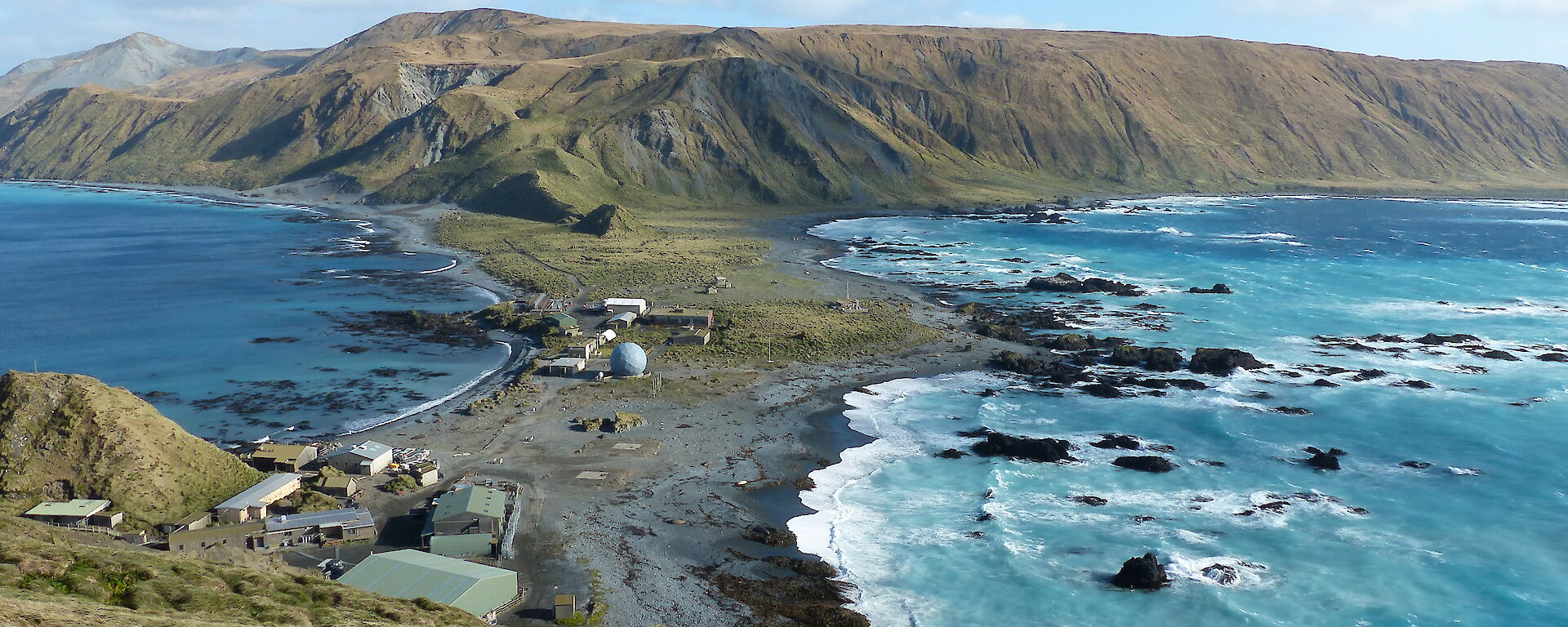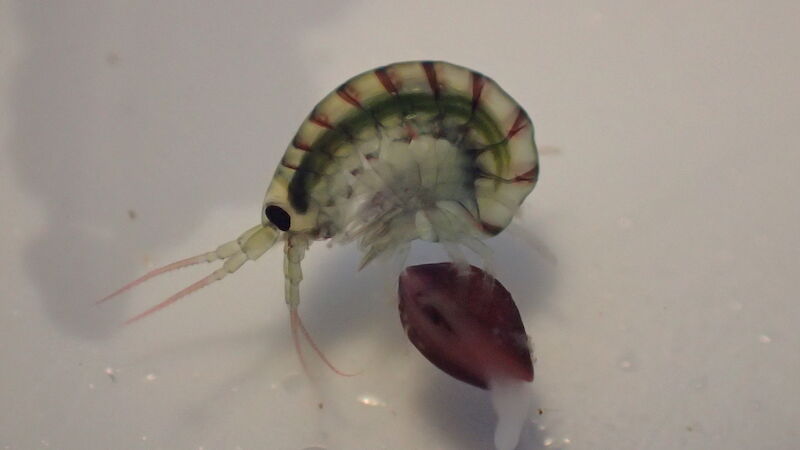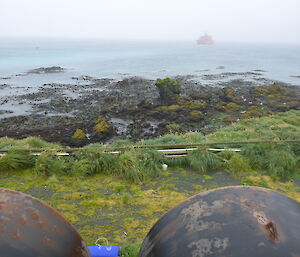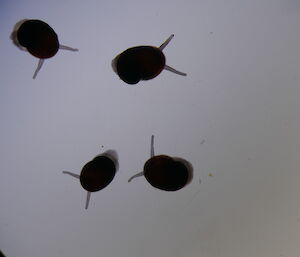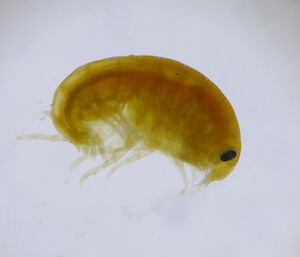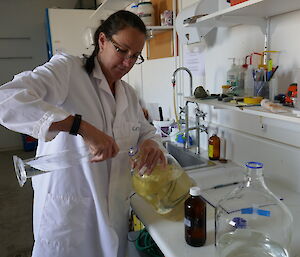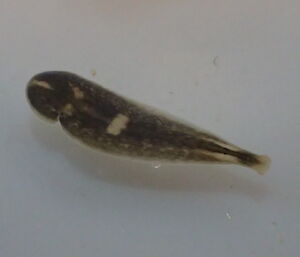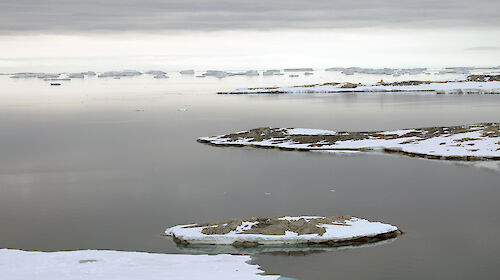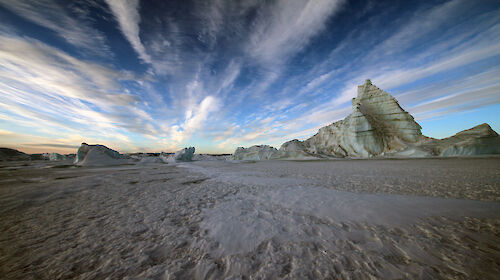After more than a decade of remediation at terrestrial sites near the station’s power house and fuel farm, a team led by Dr Catherine King looked at the risk to marine invertebrates of any remaining groundwater contamination leaching into the adjacent marine environment.
The team used ‘multiple lines of evidence’ and a novel ‘expert judgement response matrix’ to assess the toxicity of remnant hydrocarbons and nutrients.
This approach enabled them to delve deeper into the data than traditional statistical models allow.
It also helped address the challenges of conducting an ecotoxicological study at the remote and difficult to access site.
“When conducting toxicity tests in Antarctica and the sub-Antarctic, there is a limit to how many samples and species we can test, because of the small weather window we have and the limited number and diversity of organisms compared to other parts of the world,” Dr King said.
“Polar organisms also have slower metabolisms than temperate or tropical species, so tests take longer, which complicates their interpretation.
“The expert judgement response matrix looks beyond the statistical model that estimates lethal concentrations, and accounts for other lines of evidence of toxicity – including what we know about the marine environment and the likely duration of exposure.”
Holistic approach to risk
To determine the toxicity of the groundwater runoff the team exposed 11 marine invertebrate species, including gastropods, bivalves, flatworms, copepods, isopods and amphipods, to seven test solutions.
These test solutions represented the range of residual hydrocarbon and nutrient contaminants released from 22 discharge sites, that were grouped based on their chemical properties.
Invertebrates were exposed to each undiluted solution for up to 21 days to look at behavioural responses and survival.
Using the expert judgement response matrix the team found that across the 110 test solution-species combinations, toxicity was observed in 36 cases, while 74 showed no response.
Study co-author Dr Jane Wasley said that for all the test solutions in which there was a response, greater than 10% mortality was not observed until at least four days of continuous exposure.
Some species took at least two weeks to reach these rates of mortality.
“Although toxicity was observed by some species to some test solutions, tests were conducted under worst case scenario conditions,” Dr Wasley said.
“It is therefore unlikely the groundwater discharge would have a detrimental effect on marine communities, given that at least four days of constant exposure was required to elicit a response.”
Dr King said that this prolonged and concentrated exposure is unlikely to ever occur naturally, given the combination of low groundwater discharge, high rainfall, and the “highly energetic receiving environment” – with the action of waves and tides that immediately dilute and disperse contaminants.
“As a result, residual contamination in groundwater at remediated sites is unlikely to represent a risk to the adjacent marine communities,” Dr King said.
She said the different sensitivities of different species highlighted the need to test many different species in such risk assessments.
“The number of species we tested and the more holistic approach to assessing toxicity using the expert judgement matrix makes this one of the most comprehensives toxicity studies ever done in the sub-Antarctic.”

